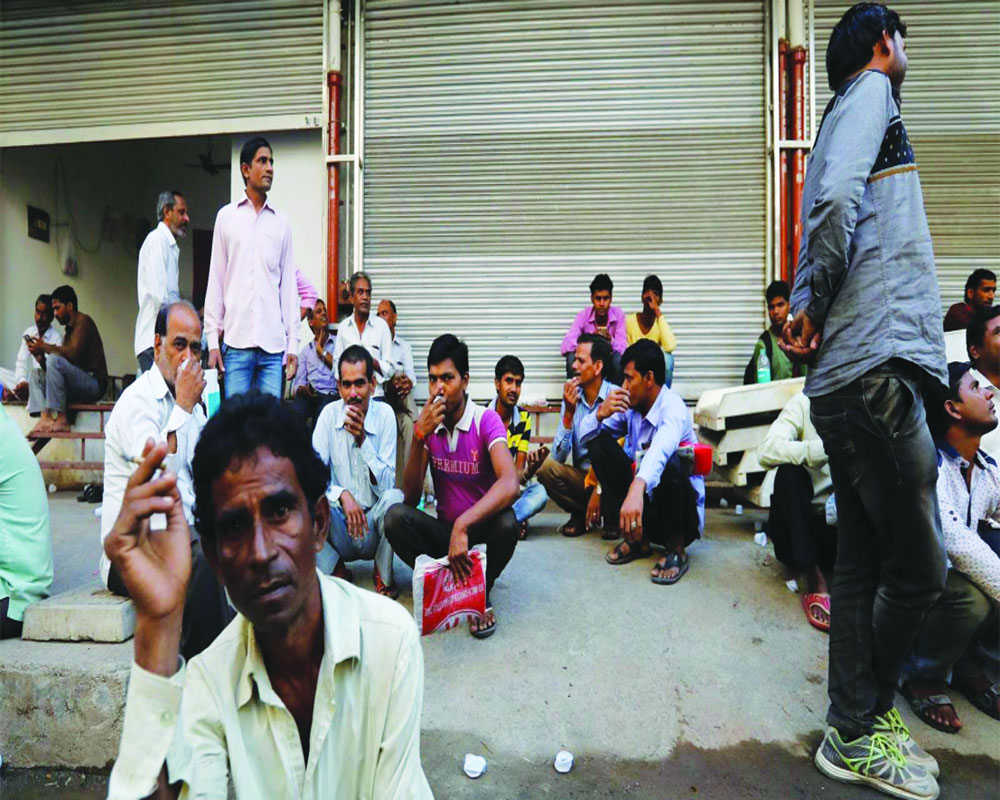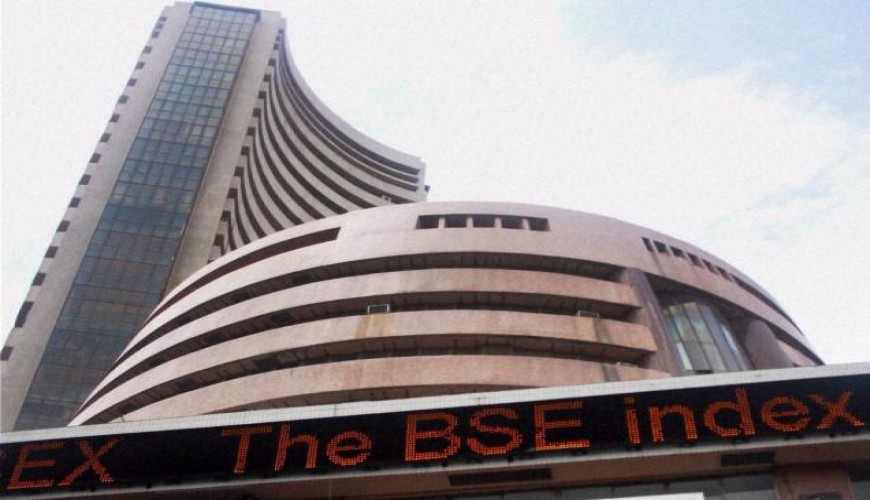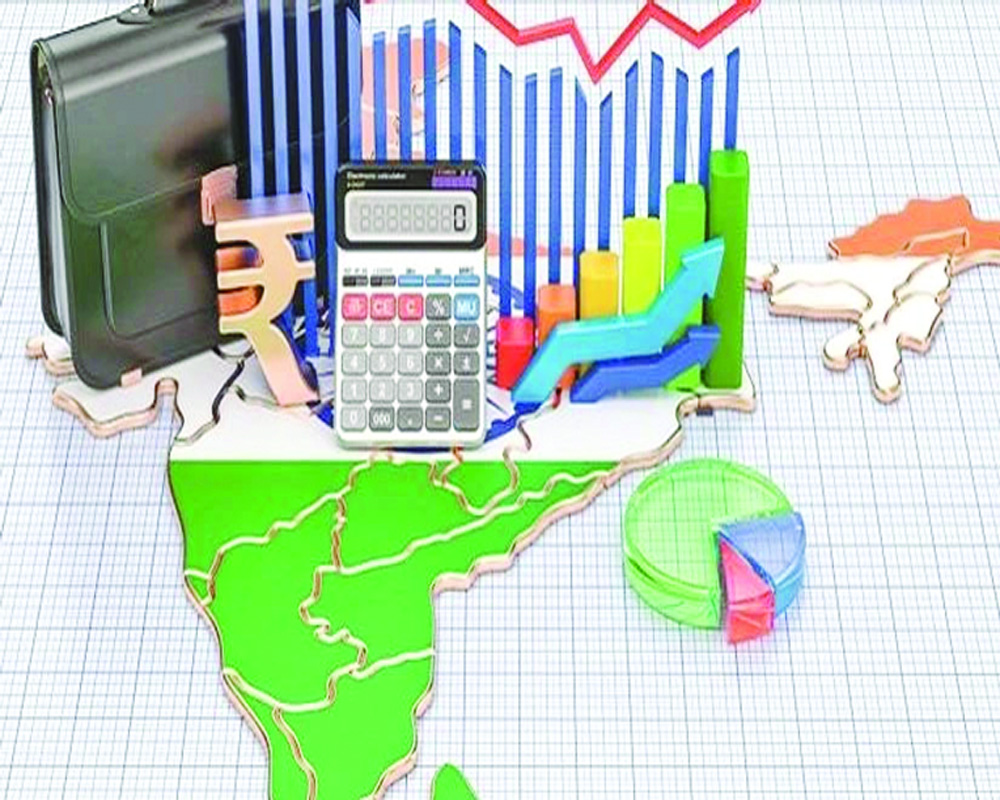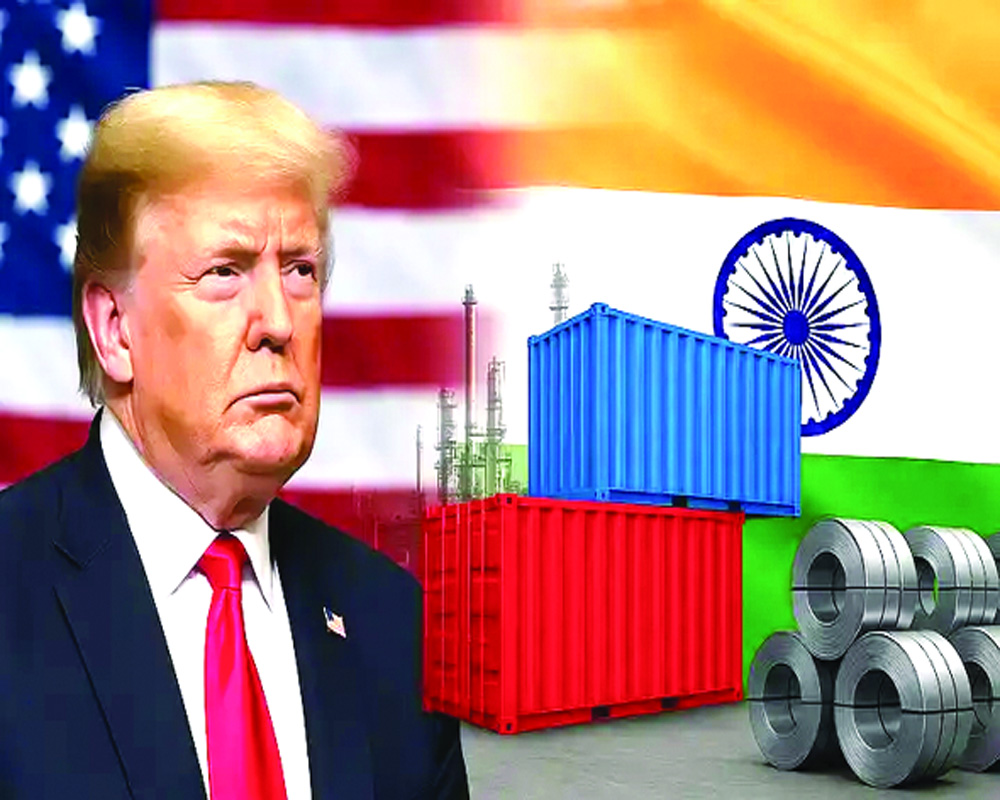
In the deflationary pressure induced by the pandemic, what remains inexplicable is the hoarding of funds by the Government, which creates a suffocating liquidity trap in the market
As the Indian economy witnesses a major downturn, predictably a negative growth, the dichotomy between monetary and fiscal policy becomes an irritant. Monetary management by allowing for a nearly Rs 13 trillion loan to the corporate, MSME, agriculture and other sectors of the economy is a huge release of capital stuck in the banking and non-banking sector. Arguably this would have turned the wheels of industrial production but COVID-19, with its multiple slowdown effects, won’t allow it to happen. Critics have pointed out that the absence of open chest financing of Government debt and securities, as well as no last- resort cash support to about 14 crore jobless migrant workers, have depressed the economy both in the short and long-term. This impacts productive activity negatively in the secondary and tertiary sectors of the economy with falling demand.
In the absence of fiscal stimuli, distressed and risk assets in the market stand in the way of any attempt at recovery. Monetary stimuli in the absence of effective demand cannot boost the business cycle. A huge shortfall in revenue, from both tax and non-tax sources, has only created a spurt in public debt and the consequent rate cut for controlling debt has created a precarious imbalance between real output and interest rates. Failing interest rates create a vicious cycle of inducing stress in asset-based funds that now have to look for stimuli from financial institutions to survive from debt. In effect, resources of the Reserve Bank of India (RBI) and the available Government funds for loans run the risk of turning into NPAs even in the short-term. So circulation of higher liquidity in situations of Corona-induced insolvency presents a slippery slope for the management of the macroeconomic policy.
The stimulus package of Rs 20 lakh crore for macroeconomic management has not shown signs of much-needed neutralisation of the liquidity trap by raising demand for credit. The package establishes that there is no liquidity crunch and indeed India’s foreign reserve reaches a peak of over $500 billion, covering much of its import bill. In such a situation, the demand for Government securities and bonds should have gone higher but the demand situation is such that it prods the investors to hold back such securities. In contrast, the Reliance JIO deal, by raising funds through rights issues in the stock market, received a preferential treatment from the Ministry of Corporate Affairs to only offset its huge debt without corresponding expansion of the credit market, which could have helped the banks to offset the situation of a liquidity trap. Had the Government issued new bonds and securities using the cut in the rate and generated some additional funds like its blue-eyed boy Reliance, that would have probably eased excess liquidity. Instead, given the increasing rate of macroeconomic unemployment, almost at 14 per cent, the need for additional funds for employment generating activities by way of stimulus packages announced by the Government got immobile in the widening liquidity trap. The Government has already printed currency notes worth Rs 1.6 lakh crore and only succeeded in creating a good accounting ratio between its income, expenditure and debt instead of flinching itself out of the liquidity trap.
What can extricate the economy from the liquidity trap is the generation of demand, demand and more demand. Significantly, two correlated and yet highly-fluctuating monetary instruments, like India’s foreign reserve touching a record $500 billion as external trade falls and the Government’s internal borrowings from the market plummeting only to pull down repo rates, present a hard picture of control of fund flows. It is not clear how the RBI shall channelise reinvestment of cheaper borrowings into production, while such investments in the stock market at present do not ensure gains. It is in this grim scenario that the Centre’s declaration of flexibility in tax slabs to industries, as part of the stimulus package, only helps the businesses to keep afloat. Deflationary pressure continues unchecked in the product market as the Government scampers for attracting investment through floating rate bonds.
The recent increase of employment in agriculture with the Centre’s Rs 1.5 trillion package has generated some demand, yet it does not show signs of revival. Reverse migration from cities to rural areas is an immediate cause of such increased demand but last-mile delivery issues do not allow it to be an impact of the Government’s Rs 1.5 lakh crore package. In effect, if one combines a stalemate in foreign trade and piling reserve with falling rates of investment and profit, the stimulus on the demand side cannot overcome this simultaneous fall in both supply and demand. Restarting the economy to offset the slump in income and demand, combined with fresh doses of investment in greenfield areas through stocks, are still to gather much momentum against the early signs of a recession. Recessionary trends in the manufacturing sector combined with a deflationary fall in the Wholesale Price Index produce a cascade of compression in the economy, making rating agencies predict negative GDP growth for at least the next two years.
A very paradoxical question to ask is, does a programmatic infusion of demand as the stimulus package enforce austerity and fund crunch arising out of an inherited fiscal deficit at the level of nearly five per cent of the present GDP? The question could be further teetered by asking whether recessionary trends at the macroeconomic level require an open chest funding for every sector of the economy, starting with the most distressed. The behaviour of risk assets such as Franklin Templeton and DHFL withdrawing $25 billion from the Indian stock market further depresses the already sluggish demand. Does this recessionary symptom cause a decrease in the capacity of the State and the Government to respond to the chain of fiscal demands without saving its back by generation of additional income through revenue and extra-revenue routes?
Possibly this question brings out the reason why the Centre is raising the prices of petrol, diesel and other fuels when crude prices are at the lowest. Could this be the only means to generate extra revenue so that fiscal deficit can be covered up and profits made by oil companies could be used for funding a longer crisis? Given the lockdown-induced loss of capacity, the Government is adopting this easy route in spite of its deleterious impact on the prices of essential goods. The situation returns to the same vicious cycle as fall in income, investment, interest, wage and demand make it impossible to revive the economy despite good supply side management in terms of monetary policy. Post lockdown, the economy then looks like a quicksand that eats up the stimulus without the desired impact. The economy continues to move in the trajectory of decline in real GDP and rates of profit. This lies beyond the scope of monetary and fiscal readjustments as the Centre struggles to maintain the fundamentals of the economy.
Nothing could have been more treacherous than the Chinese aggression at this time of crisis. Though the Government is able to make large payments for defence purchases such as Rs 3 billion to the US, Rs 2.1 billion to Israel, Rs 16 billion to Russia, yet there is a seeming lack of funds for medical preparedness to fight COVID-19 and defence preparedness to fight China. With a heady mix of growing income inequality, falling consumption and revenue and stressed assets in money markets, a Government with its hands full of funds does not have many options to spend. As a result, the much- needed panacea of Direct Cash Transfer to 25 crore migrant workers and other rural labourers has not been taken up by an internally and externally-shaken Government.
One requires a proper framework to understand such a dysfunctional state of the economy. Economist Thomas Piketty’s famous thesis on India’s growth story, in terms of the falling contribution of people at the bottom and an artificial attempt by the Government to keep rate of interest lower than the rate of return from capital, seems to dominate the money market. The absence of an appropriate scheme for re-distribution of profit and income for social good turns advantages in the money market ineffective as prognosticated by Piketty and Paul Krugman.
In the deflationary pressure induced by the pandemic, what remains inexplicable is the hoarding of funds, which creates a suffocating liquidity trap in the market. Piketty’s suggestion that India should initiate a universal basic income scheme could have balanced out this excess liquidity in favour of increased demand had the Government succeeded in kicking off the economy at the level of pre-lockdown productivity.
Instead, the Government’s austere move to curtail public expenditure due to revenue shortfall is in sync with the existing recessionary trend in the economy. The Chinese perception of this economic recession is the salient factor that prompts China to create a war-like situation with India in the interest of augmenting its own internal demands.
(Writer: Prasenjit biswas; Courtesy: The Pioneer)








 OpinionExpress.In
OpinionExpress.In















Comments (0)